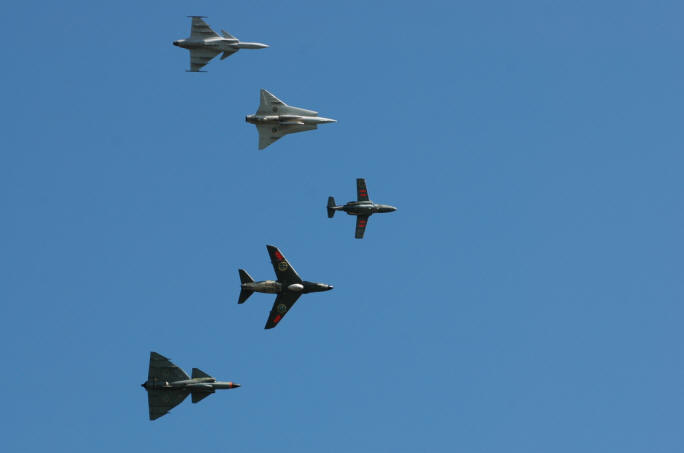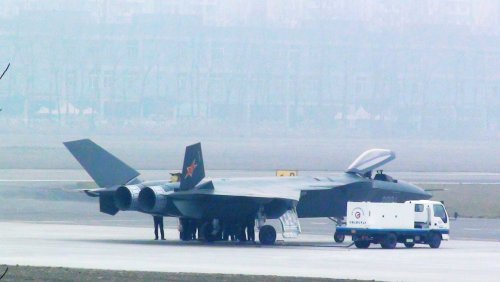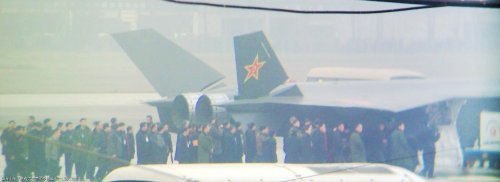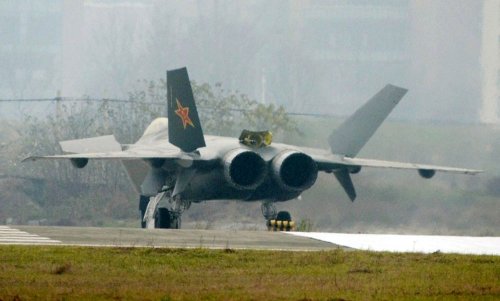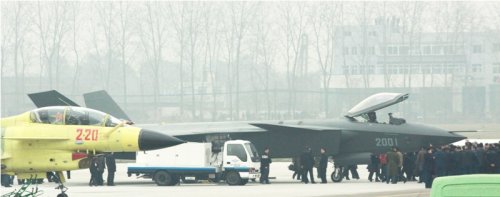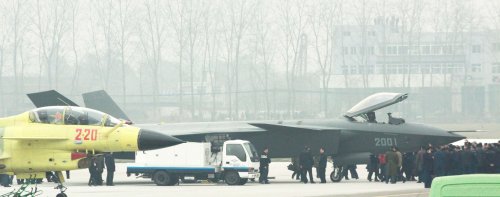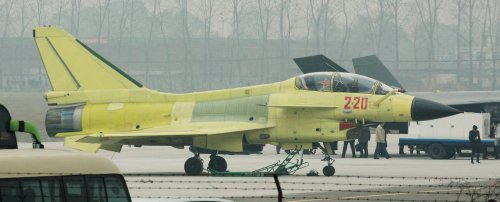Sundog said:
This is actually quite false as I demonstrated in my explanation. It's not about the main "wing" it's about the aerodynamic center. The same could be said of the Typhoon, Rafale, and Gripen and they are all unstable designs.
The main wing center of lift has to be closer of the center of gravity, a fighter like the AJ-37 or Kfir has the wing placed well behind the center of gravity.
compare the AJ-37 with the JAS-39 or the Mirage III and Kfir with the Mirage 2000.
the JAS -39 places the wing well ahead so the jet pipe nozzle and aft fuselage are free of clutter, the Mirage 2000 does the same.
On the J-20 the delta is very close to the aft fuselage, the nose wheels almost at the root of the wing, then the canard has to be a second lifting force.
Delta canard aircraft are usually neutral or near neutral to avoid extra trimming having a tail heavy aircraft or in other words an aircraft with a high pitch up tendency.
a conventional aircraft with tailplanes when is made statically unstable has a higher longitudinal unstability but also it frees the tailplane because it allows the now tail heavy aircraft to requiere less downforce to trim and therefore more lift at the tail is available
by making it more stable or neutrally stable a canard delta wing aircraft becomes easier to fly at supercrusing speeds.
The aircraft also has canards that can not be placed upon the small forebody because it will disrupt the inlet work, also the DSI inlet works better if the forebody is small and generates a weaker boundary layer, thus by being shorter, the DSI can work better, so the canards are positioned already well behind the forebody, also the aircraft uses a delta meaning it will have a long wing chord and the delta already has a LERX that adds length to the wing chord this is forcing the wing to be placed well behind the nosewheels
The LERX of the wing also moves the aerodynamic center ahead having a positive effect.

